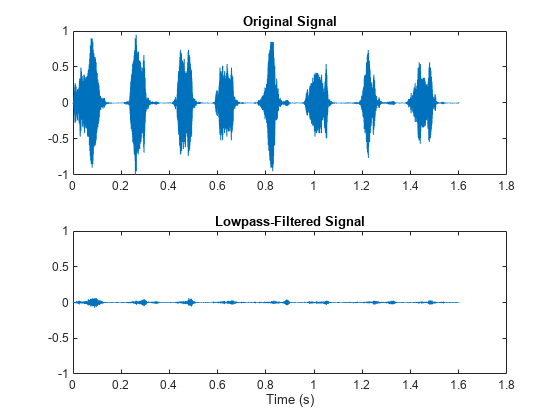sosfilt
二阶(双二次)IIR 数字滤波
说明
示例
输入参数
输出参量
参考
[1] Bank, Balázs. "Converting Infinite Impulse Response Filters to Parallel Form". IEEE Signal Processing Magazine. Vol. 35, Number 3, May 2018, pp. 124-130.
[2] Orfanidis, Sophocles J. Introduction to Signal Processing. Englewood Cliffs, NJ: Prentice-Hall, 1996.
扩展功能
版本历史记录
在 R2006a 之前推出
另请参阅
filter | medfilt1 | sgolayfilt


